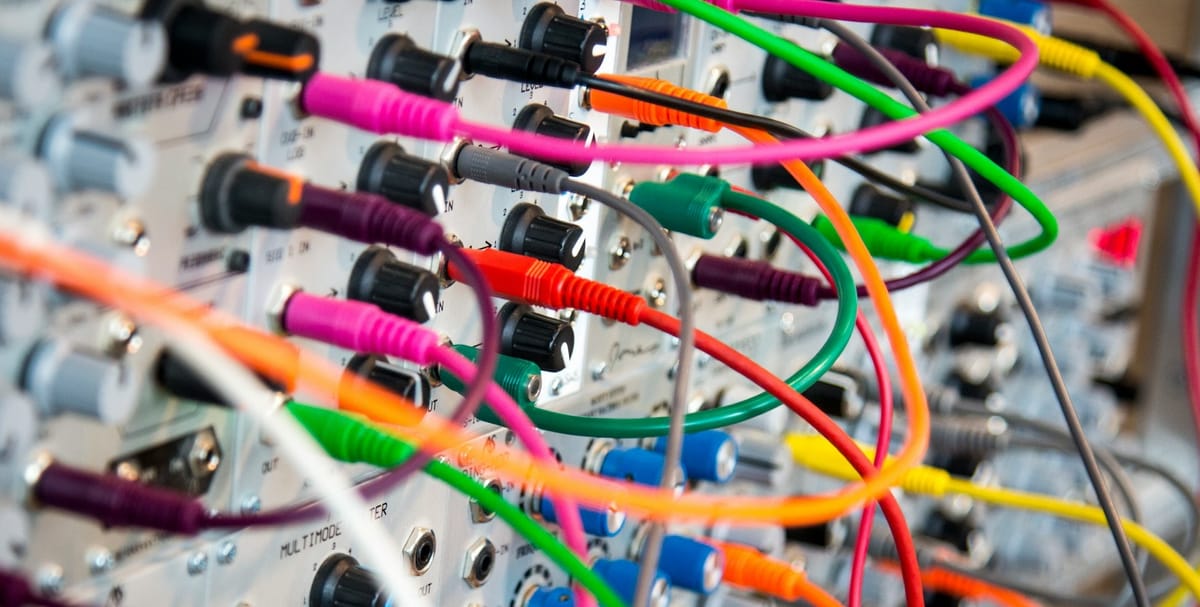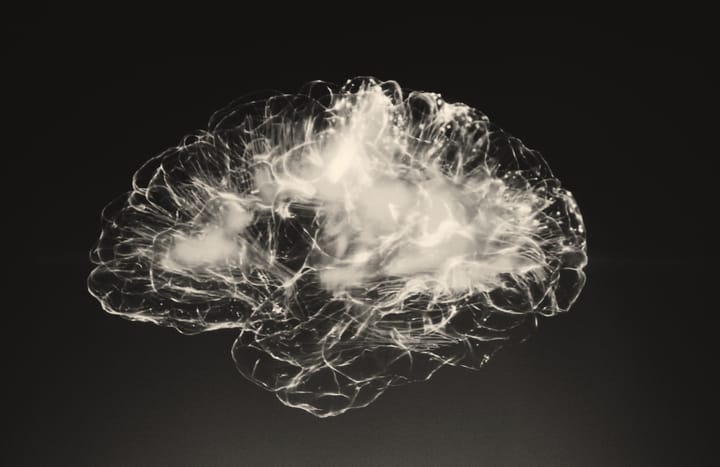A non-invasive (huge) leap in spinal cord research

Understanding the spinal cord’s role in brain-body communication is pivotal in neuroscience. Previously considered a simple relay station, recent studies reveal that the cord is a hub of complex processing.
Insights into the human spinal cord have lagged due to the lack of accessible recording methods. This knowledge gap has hindered progress in understanding neurological disorders and developing treatments, such as for spinal cord injuries or pain management.
Traditional methods like reflex recordings and functional MRI have significant limitations. Reflex studies offer only indirect insights, while imaging techniques like functional MRI are hampered by low resolution and technical challenges due to the spinal cord’s small size and deep location surrounded by the bony spine. Magnetospinography, a newer method that directly measures spinal activity, is promising but inaccessible due to its high costs and limited availability.
The study
To address these challenges, researchers developed a new refined method called electro-spino-graphy.
A range of experiments was performed to evaluate the method on a group of healthy human participants.
Initial studies focused on sensory processing, examining whether the human spinal cord integrates sensory information at an early stage or not until the signal reaches the medulla and brain. The method also explored its potential to detect pain-related signals within the spinal cord.
Using a grid of 39 surface electrodes placed on the skin along the spine, this non-invasive approach recorded electrical signals directly from the spinal cord with exceptional temporal precision. And even through the dense bones surrounding the spine.
This setup captured input, output, and spinal activity, enabling researchers to observe spinal processing in unprecedented detail. Specialized techniques for reducing noise and analyzing data enhanced the reliability of these recordings, even at the level of single neural events. It allowed reliable detection of individual neural activity in real time.
Important findings using the new technique.
The findings in the study indicated that the spinal cord does more than just pass signals upward to the brain for processing. It actively integrates and modifies incoming sensory information before relaying it to the brain.
This discovery on the spinal cord's role in sensory integration suggests it plays a crucial role in shaping how we perceive the world around us.
Another exciting aspect of this work is its exploration of pain processing in the spinal cord. By applying painful heat stimuli, researchers were able to record the spinal cord’s responses to pain-related signals.
These responses were detected consistently across all participants, marking a significant step forward in understanding the spinal mechanisms underlying pain perception. Such insights could pave the way for better diagnostic tools and treatments for chronic pain, a condition often linked to spinal dysfunction.
The implications of this study extend far beyond understanding sensory signal processing. By offering a noninvasive method to study the spinal cord in real-time, this technique holds promise for diverse fields, from developing new therapies for spinal cord injuries to exploring the spinal cord’s role in neurological diseases.
The open-access data and analysis tools provided by the researchers aim to inspire further studies, pushing the boundaries of what we know about the brain-body connection. Here is the link to their data: https://pmc.ncbi.nlm.nih.gov/articles/PMC11527246/
About the scientific paper:
First author: Birgit Nierula, Germany
Published: PLOS Biology, October 2024
Link to paper: https://journals.plos.org/plosbiology/article?id=10.1371/journal.pbio.3002828




Comments ()